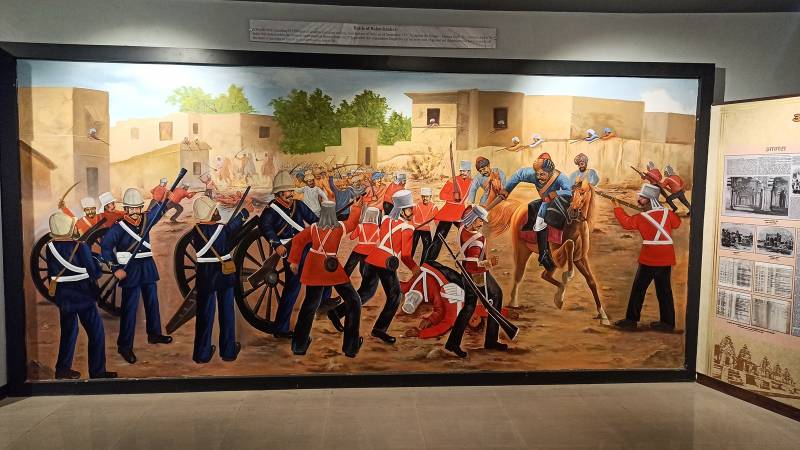
Bara Basti, which translates to twelve settlements, is a significant term used to refer to a group of twelve villages that are currently situated in the Bulandshahr, Ghaziabad and Amroha districts. The origins of Bara Basti can be traced back to the era of the Mughal Emperor Jahangir, during which a village named Basi Bangar was established by Sheikh Ruknuddin, the son of a Daudzai Afghan chieftain, along the banks of the Ganga river.
Sheikh Ruknuddin, known for his bravery as a warrior, was recognised by the Mughal rulers and eventually rose to the position of Mansabdar. He was also bestowed with the title of Sher Khan in recognition of his valour in the battle against Amr Singh, the Rana of Udaipur, during which he lost his arm to a sword stroke. Emperor Jahangir further honoured him by granting him the jagir of Peshawar and the Pargana of Gujarat sarkar. Following his demise, a portion of his jagir and title were passed on to his brother and children. His son Shaikh Kamaluddin Daudzai continued to serve as a Mansabdar under Emperor Jahangir, but later joined Khan Jahan Lodhi in a revolt against the Mughal Emperor Shah Jahan in Peshawar.
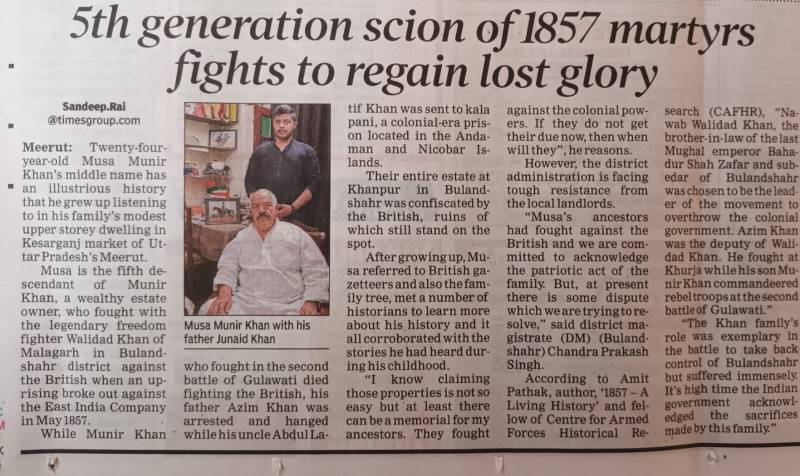
Subsequently, Shaikh Allu Afghan, the younger sibling of the aforementioned individual, was incorporated into the Mughal nobility and received numerous grants. He established a village named after his name “Khanpur,” where he undertook the construction of a substantial mud fort, a mosque and various other edifices. As a result, Khanpur emerged as the administrative centre of Bara Basti village’s, which comprised the settlements of the Daudzai Afghans. Shaikh Allu Afghan met his demise while combating the insurrectionist Raja Jagat Singh of Taragarh in Himachal Pradesh. His remains were returned to Khanpur, where he was interred during the reign of Emperor Shah Jahan. The other villages within the Bara Basti included Bugrasi, Jalalpur, Chandiyana, Gesupur, Barwala, Amarpur, Sherpur, Bahadurgarh, Hasanpur, Mohammadpur, and Giroura. This overview provides a brief historical context of the Bara Basti and the estate of Khanpur, which thrived under Mughal rule.
During the Great Uprising of 1857, Nawab Walidad Khan, who was related the Mughal emperor Bahadur Shah Zafar by virtue of marriage within the imperial family, was chosen as a leader of this movement to overthrow the colonial government
During the war of 1857
The year 1857 witnessed a significant historical event involving the Khanpur estate and British forces. Nawab Mustafa Khan, known as Shefta, was ousted from Jahangirabad fort by Thakur Bheem Singh of Guraoli, Bulandshahar. Seeking aid, the Nawab sought help from the Khanpur family. Haji Munir Khan, the son of Azim Khan, rode on an elephant with a group of irregular cavalry troops, primarily recruited from the Pathans of Barabasti. Thakur Bheem Singh was defeated, and Haji Munir Khan escorted him to Khanpur fort, pledging not to cause any further trouble to Nawab Shefta.
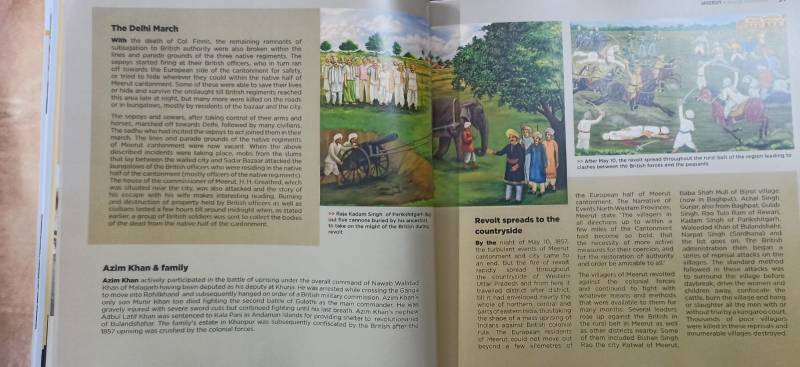
The role of the erstwhile Khanpur Estate and Barah Basti in the Great Uprising of 1857
During the Mughal era, there were only a few taluqdar estates in the current Bulandshahr district and these were Khanpur Chattari, Kuchesar, Pahasu and Shikarpur. When the great Uprising of 1857 broke out, there was not much in the way of forces at Meerut camp. Brand Sapte wrote letters to the taluqdars of district Bulandshahr asking for assistance in the form of troops and horses. This request was positively responded immediately. However, the Khanpur Estate decided to join the Uprising. Nawab Walidad Khan of Malagarh came to the Doab with a sanad from Emperor Bahadur Shah Zafar.
Azim Khan alias Azam Khan was the deputy of Nawab Walidad Khan of Malagarh in the Bulandshahr district of the former United Provinces. The family owned the erstwhile Khanpur Estate in the same district.
During the Great Uprising of 1857, Nawab Walidad Khan, who was related the Mughal emperor Bahadur Shah Zafar by virtue of marriage within the imperial family, was chosen as a leader of this movement to overthrow the colonial government.
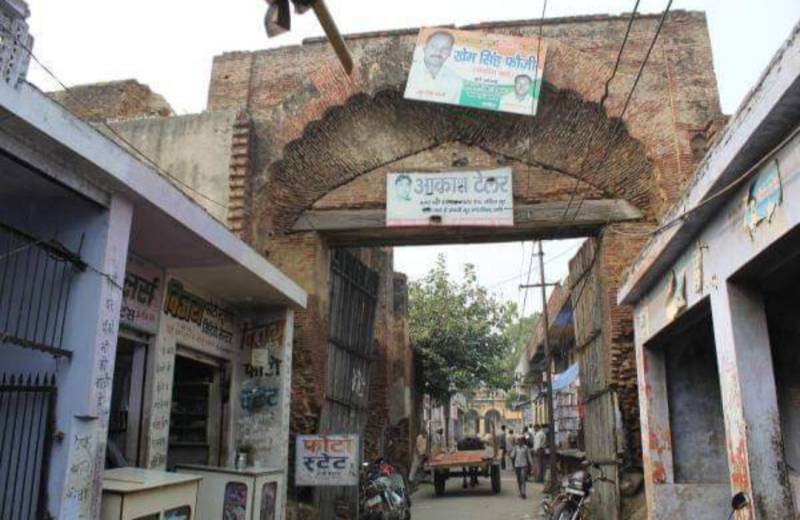
On 10 October 1857, British forces attacked Malagarh. Azim Khan put up a stiff resistance under the overall command of Nawab Walidad Khan at Khurja and paralysed the British for a few days. He was finally arrested by Khusi Ram, the Police Officer of Anupshahr, while trying to cross the Ganga to move into Rohilkhand. He was tried by a court martial and subsequently hanged.
Haji Munir Khan was the only son of Azim Khan, the landlord of the Khanpur estate in Bulandshahr district. Munir Khan was the chief commander of the revolutionaries of the Bulandshahr district during the Great Uprising of 1857.
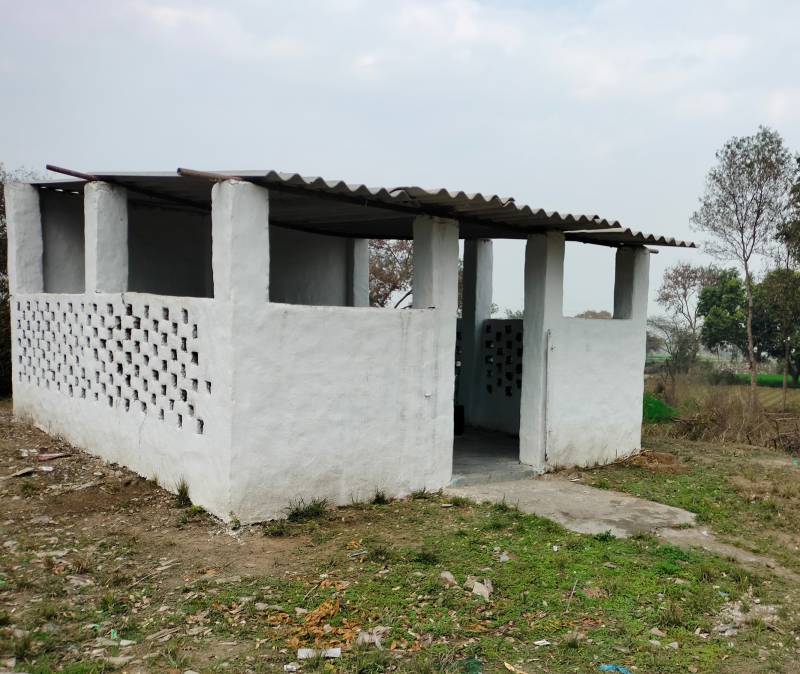
Grave of Shaikh Allu Afghan, to whom Emperor Jahangir bestowed the Jagir of Khanpur
In the famous second battle of Gulaothi which was fought on 29 July 1857, British forces wanted to take control of the whole of the Bulandshahr district. To stop their advance, Nawab Walidad Khan of Malagarh deputed his main commanders, Haji Munir Khan and Ismail Khan, to Gulaothi. Both of them established a picket on the canal just before Gulaothi to stop the colonial forces from entering the Bulandshahr district. In the ensuing battle, both Haji Munir Khan and Ismail Khan received severe sword cuts on their faces. Later, Haji Munir Khan crossed the Ganga with Walidad Khan and joined Khan Bahadur Khan’s forces and fought at Kachhlaghat and also served as Naib Kotwal under government of Khan Bahadur Khan rebel government. He continued fighting until his last breath.
Abdul Latif Khan was the nephew of Azim Khan, the landlord of the Khanpur’s estate in the Bulandshahr district. Abdul Latif Khan was the second wealthiest landholder in the district and the proprietor of 225 villages, with its headquarters in the Barah Basti villages.
During the Great Uprising of 1857, the British District Magistrate of Bulanshahr called upon all the principal landholders of the district, including Abdul Latif Khan, to help him by furnishing troops to suppress the revolt. Abdul Latif Khan initially refused to help the British, but when on 4 October 1857, Bulandshahr was occupied by the British force under Lieutenant Colonel Farquhar, he paid his due balance of land revenue to the British government. But he soon shifted his allegiance to Bahadur Shah Zafar.
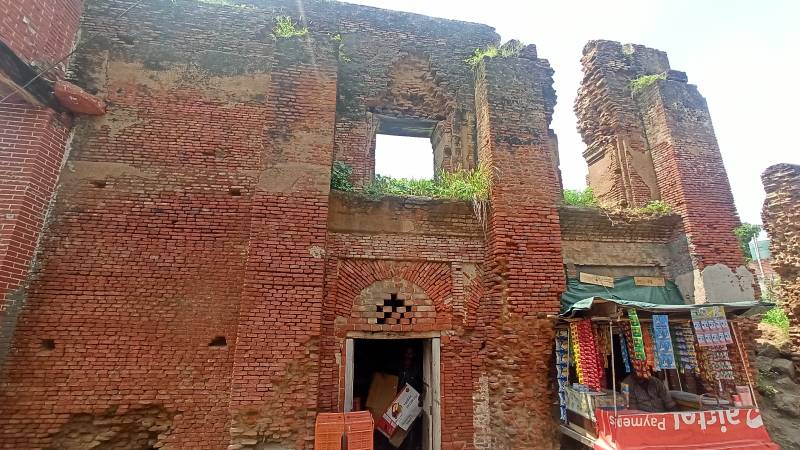
Though he never came to the battlefield, Abdul Latif Khan gave shelter to the revolutionaries of Bulandshahr district including Nawul Gujjar, Raheemoddeen and the Pathans of Barah Basti village’s when they were engaged in fighting the British forces. For these acts, he was tried by a military court and sentenced to transportation for life to Andamans or Kala Pani for aiding the revolt of 1857.
The family’s erstwhile Khanpur estate in Bulandshahr district was subsequently confiscated by the British after the 1857 uprising was crushed by colonial forces.
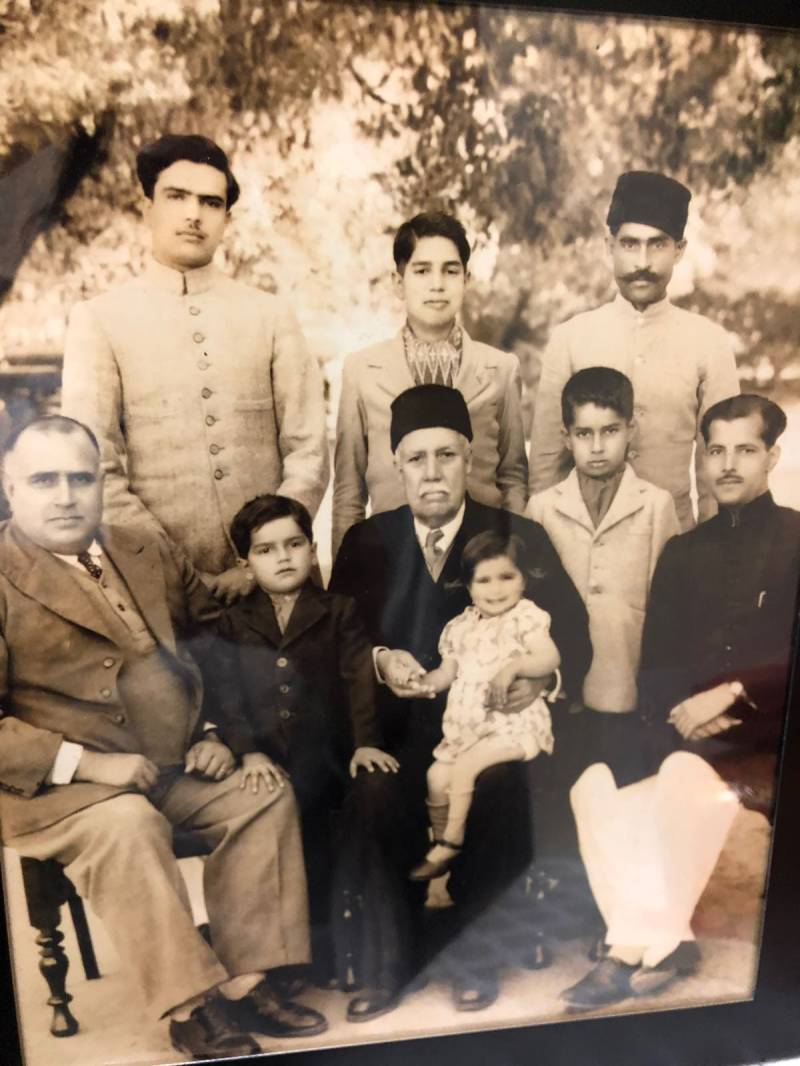
Centre: The author's great grandfather Abdul Kadir Khan Sahib (Bar at Law); Right: His son Deputy Collector Fazlurahman Khan; Left: The author's grandfather Saeed ur Rehman Khan (pofessional horse trainer and owner)
As punishment for rising against British forces, the Khanpur estate was confiscated by the British Empire and given to given to Sardar Bahadur Syed Meer Khan, the nephew of Jan Fishan khan, a close ally of the British who helped them in the Anglo-Afghan War and awarded a Jagirs in Meerut as Sardhana estate. Jan Fishan Khan also helped the empire during the war of 1857. Some portion was auctioned afterward which was purchased by the loyal Zamindars of the district. Then, after the confiscation, the Khanpur family was expelled overnight. They immigrated again to the village Basi Bangar, the village which was first established by their patriarch Shaikh Rukhnu din khan Afghan on the shores of the Ganga river.
The grandson of Haji Munir Khan, Janab Saeed-ur-Rehman, also joined and participated in the freedom struggle of the Allama Mashriqi movement of Indian freedom struggle and was imprisoned in the Bulandshahar jail for a year or more. Later his son Saud-ur-Rehman joined the Indian Army, serving in the signal regiment and participating in the 1965 war and 1971 wars.

